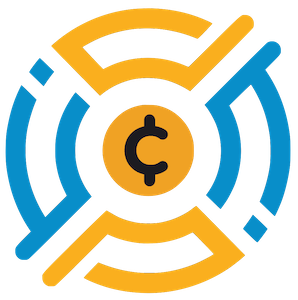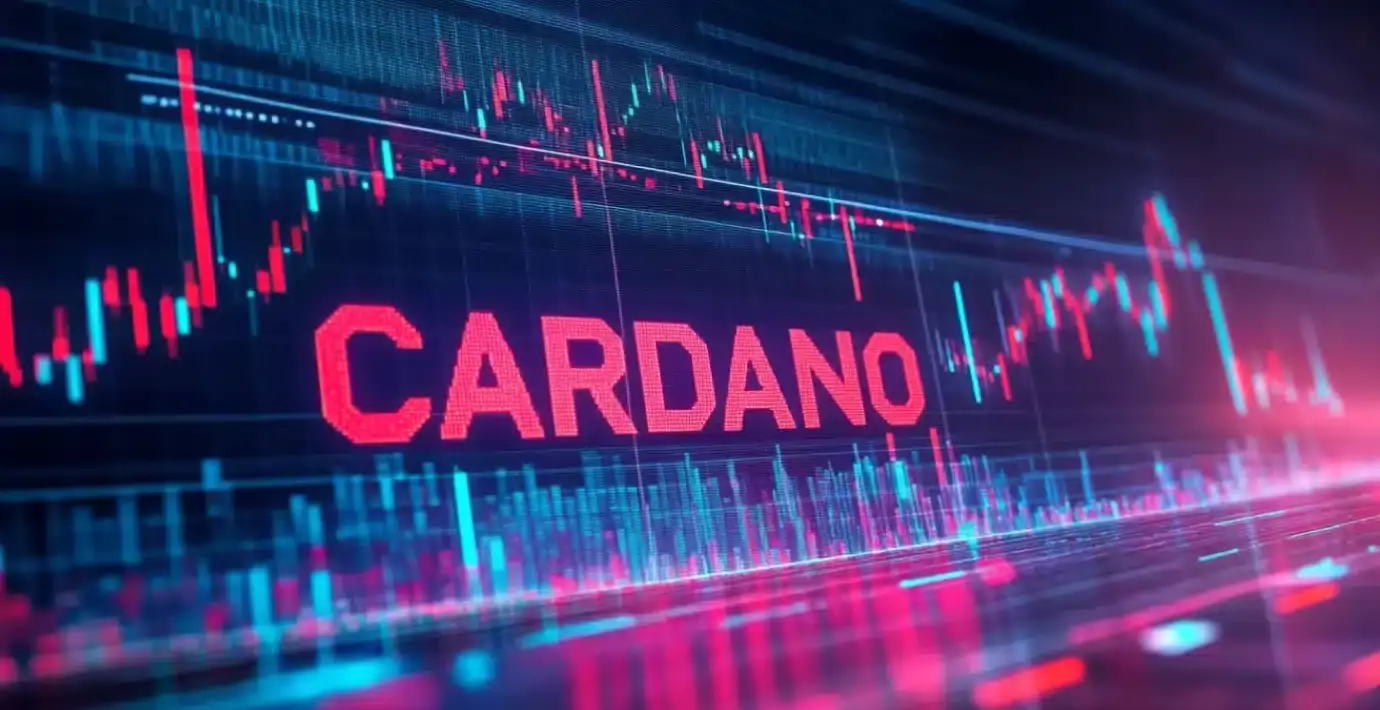In recent trading sessions, Cardano’s price trajectory has painted a bleak picture, raising profound concerns about its future viability. The formation of a death cross—a technical pattern where the 50-day moving average crosses below the 200-day—serves as a harbinger of downward momentum. Such patterns are not merely charts; they reflect entrenched investor skepticism and a loss of confidence in the blockchain’s prospects. With ADA plummeting from nearly a dollar in August to below $0.61, the underlying narrative suggests more than just a correction; it signals a fundamental struggle within the ecosystem’s infrastructure and strategic positioning.
This technical deterioration echoes the disappointments pressing upon Cardano’s reputation. Bearish pennant formations, coupled with the breakdown of crucial indicators like Ichimoku and Supertrend, confirm the prevailing trend: downward. The immediate outlook points toward a potential slide to $0.50—a level not seen since earlier this year—and perhaps beyond. Such a decline is not just a loss of value but a reflection of waning enthusiasm and a failure to maintain competitive edge in the crowded crypto landscape.
Critical Shortcomings Fueling Investor Exhaustion
Despite ongoing efforts to frame Cardano as a serious contender in decentralized finance, its deficiencies are glaring. The absence of native stablecoins remains the most significant obstacle. Stablecoins typically serve as liquidity anchors and bridge assets, facilitating seamless transactions and fostering confidence in DeFi protocols. Without these, Cardano’s ecosystem remains fragile, limited in scope, and unable to attract the institutional or retail liquidity necessary for sustainable growth.
Low liquidity and scant total value locked (TVL) paint a grim picture of activity and utility. Many in the community point to the misalignment between perceived potential and actual on-chain adoption—an irony that is all too common in projects that tout innovation yet stagnate in real-world utility. Moreover, network congestion, a symptom of scalability bottlenecks, further hampers user experience. When users encounter slow, costly transactions, trust erodes, and the cycle of decline accelerates.
Marketing lacunae compound the problem. Despite efforts by leadership, Cardano’s visibility among broader audiences remains underwhelming. Its interoperability issues—lack of robust bridges to other blockchains—further isolate it from the de facto standard of multi-chain functionality that defines the current crypto era. These deficiencies culminate in minimal on-chain activity and, consequently, a shrinking user base.
Leadership’s Defense Versus Reality
In response to mounting criticism, Charles Hoskinson’s veteran defense appears more reactive than constructive. While he emphasizes ongoing development, notably the launch of Midnight and its strategic partnerships, such efforts seem insufficient to reversing market sentiment. The sidechain’s promise—to secure smart contracts and foster innovation—may be a step forward, but it remains unproven in the face of actual user adoption and liquidity needs.
Moreover, Hoskinson makes a case that traditional metrics like TVL do not fully represent ADA’s staked value or the ecosystem’s strength. While technically valid, such arguments often ring hollow amidst a declining price and dwindling trading volumes. The disconnect between technical explanations and tangible user growth raises questions about strategic priorities. The crypto community demands more than lofty partnerships; they want to see real usage, interoperability, and value creation.
Admittedly, recent upgrades such as Ouroboros Phalanx imply that the foundation is being fortified. Yet, security upgrades alone cannot compensate for the broader ecosystem deficiencies. The hesitation among investors, reflected in the price drop, signals that such improvements are yet to translate into confidence or increased activity.
Final Reflection: A Crisis of Purpose or an Opportunity?
The current state of Cardano underscores a fundamental truth in the digital asset space: technological innovation must translate into real-world utility and user engagement. Without native stablecoins, scaling solutions, and active marketing, even the most promising projects risk sliding into obscurity. The market’s brutal valuation corrections are harsh but justified, exposing the systemic inadequacies that cannot be papered over by partnerships or technical upgrades alone.
From a center-right perspective, which values measured innovation, strategic focus, and pragmatic development, Cardano’s challenges serve as a cautionary tale. Not every lofty vision materializes into sustainable growth, especially without the necessary ecosystem, liquidity, and stable assets that underpin vibrant decentralized economies. The once high-flying ADA now navigates a treacherous landscape, and whether it can rebound hinges on substantial, tangible progress rather than posturing or superficial fixes.

